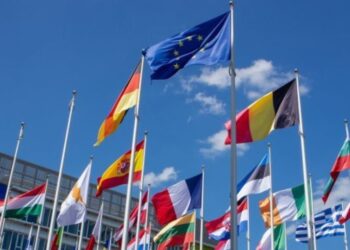According to a consultation document observed by S&P Global Commodity Insights, the Chinese government is planning to change the rules for allocating emissions allowances for the power generation sector. These changes could reduce the supply of emission rights and, consequently, increase prices, although the proposed rules remain subject to modification according to feedback from the industry.
Analysis of excess supply
The Chinese emission rights market, launched in July 2021 and the world’s largest in terms of volume, has been criticized for its oversupply and inefficient pricing. However, the recent consultation shows the government’s determination to counter these problems. Adjustments have been proposed to avoid the excessive allocations of previous years and the practice of companies stockpiling quotas.
Specific quota adjustments
For 2020, a downward revision is planned. For example, a coal-fired generating unit of over 300 MW that received 877 mt of emission rights free of charge in 2020 will see this number reduced to 865 mt. Such retroactive adjustments are intended to bring allocations more closely into line with actual emissions.
Strategy against quota stockpiling
From 2024 onwards, the use of allowances from different years will be limited to encourage market liquidity and reduce speculative stockpiling. Only allowances for the year 2025 can be used to cover emissions for that year, thus modifying market dynamics and encouraging the judicious use of allowances.
This restructuring should stimulate demand for vintage-specific financial derivatives, such as carbon futures, and help establish more robust long-term price signals. Analysts anticipate increased price volatility as the market adapts to the new rules.















